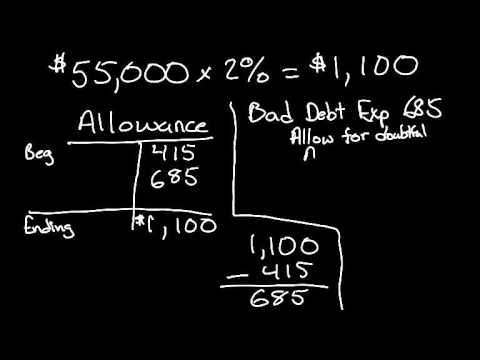The Basics of Franchise Accounting

To stay in the franchise, the franchisee pays an ongoing royalty fee. Franchisors usually provide key performance indicators (KPIs) that franchisees should focus on for business success. These metrics often align with the franchise’s business model, which could be low-margin and high-volume, demanding rigorous sales targets. Franchise owners play a crucial role in conducting commerce according to the terms and conditions set by the franchisor.

Using online accounting can help franchise owners and franchisors communicate about the business’s finances. They can access the software program from anywhere with an Internet connection so that both parties have instant access to financial records. Using a single software provider for accounting and payroll for franchises could also lead to a volume discount for these services. Even if you decide to outsource your books to an accountant, payroll software for accountants could drastically decrease the financial burden on your overhead. Using online accounting for small business can help franchise owners and franchisors communicate about the business’s finances. They can access the software program from anywhere with an Internet connection so that both parties have instant access financial records.
Journal Entry for Franchise
- In fact, KPMG LLP was the first of the Big Four firms to organize itself along the same industry lines as clients.
- In-depth analysis, examples and insights to give you an advantage in understanding the requirements and implications of financial reporting issues.
- Being a franchisee means that you have to pay attention to more than just the day-to-day financial and operational decisions of running a business.
Franchises need to clearly report revenue from contracts with customers, which includes income generated from the sale of goods or services. Proper revenue recognition guidance is crucial to comply with accounting standards and accurately reflect the financial performance of the franchise business. Being the owner of the intellectual property, the franchisor entrusts its brand and business model to franchisees, who then operate individual locations under the franchise license.
Shop by brand
The franchisor’s primary responsibility is to manage the big picture of the brand, ensuring consistency across all franchise locations and fostering growth. A franchise is a business model in which an individual, known as the franchisee, purchases the rights to operate a business using the established brand, systems, and support of the franchisor. Unlike starting a business from scratch, a franchise offers a proven blueprint for success. Now let’s look at things from the perspective of the franchisee. When a franchisee pays an initial franchise fee to the statement of cash flows indirect method franchisor, the payment can be considered an intangible asset.
Mid-Market Business Optimism Hits Record High of 74%
Although we endeavor to provide accurate and timely information, there can be no guarantee that such information is accurate as of the date it is received or that it will continue to be accurate in the future. No one should act upon such information without appropriate professional advice after a thorough examination of the particular situation. In-depth analysis, examples and insights to give you an advantage in understanding the requirements and implications of financial reporting issues. The company has to recognize the revenue on the income statement base on the allocation of unearned revenue to revenue. A franchise can be thought of as a license to use a business model that has been proven to be successful. The value of a franchise lies in the ability to generate income using a proven business model.
A franchisor agrees to provide a blueprint for the business, including the name, logo, product, and operations manual, in return for a fee and ongoing royalties. So, what if a franchisor buys a franchise back from a franchisee? If the intent is to close it, the franchisor apportions the purchase price among the acquired assets and liabilities and writes off any residual amount. Which leaves us with a third possibility, which is that the franchisor intends to turn around and sell the operation to a new franchisee. They should sign a franchise contract before starting a business together. Guardian CPA Group specializes in franchise accounting, offering you customized advice, strategies, and solutions tailored to meet the intricate financial demands of franchise businesses.
Additionally, unpredictable expenses like facility repairs or tax included and how to back out the sales tax equipment upgrades should also be considered to avoid any unexpected financial strains. Efficiently managing debt is of utmost importance for franchisees. It enables them to reduce interest costs and improve cash flow management. Franchise accountants thoroughly analyze the debt structure, including outstanding loans and interest rates, to identify opportunities for refinancing or negotiating better terms with lenders. Franchise accountants play a crucial role in assisting franchisees in managing their debt structure effectively.
With a franchise, aspiring entrepreneurs can benefit from the advantages of business ownership while building on the success of an what is the cost per equivalent unit for materials established brand. It offers a unique opportunity to enter the market with a recognized name and a loyal customer base, increasing the chances of success in the competitive business landscape. A franchise is a business model that can be adopted by an entrepreneur to get started in their own business.
